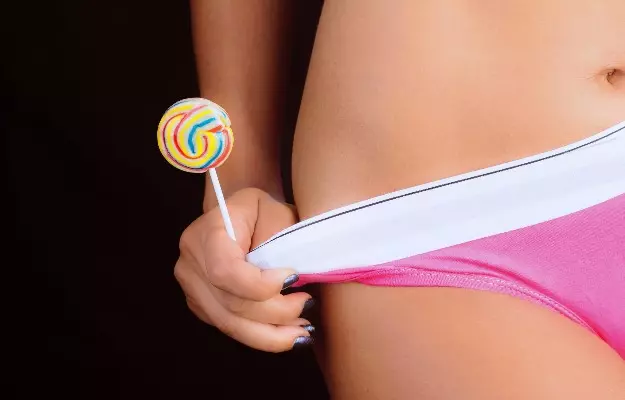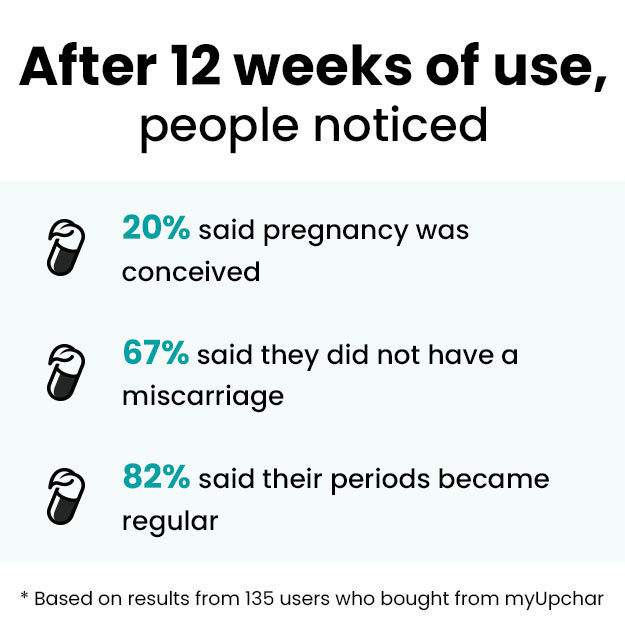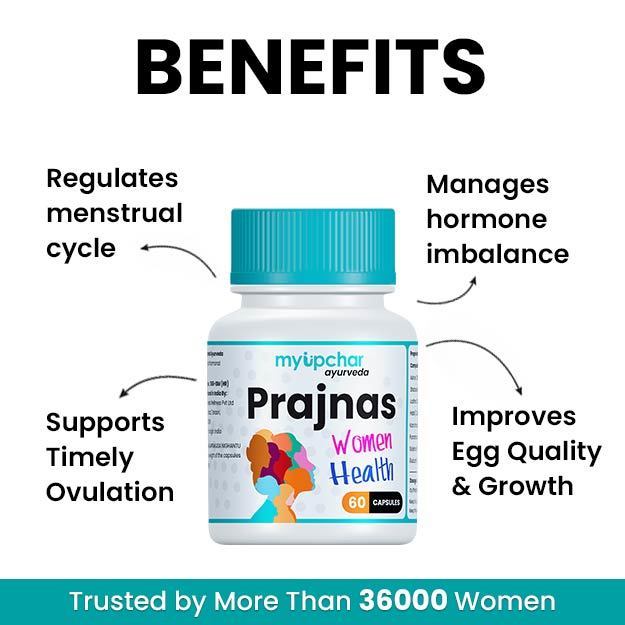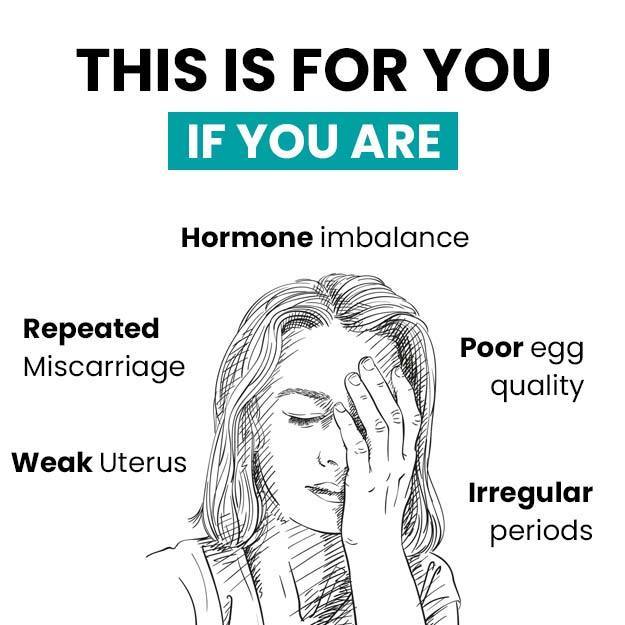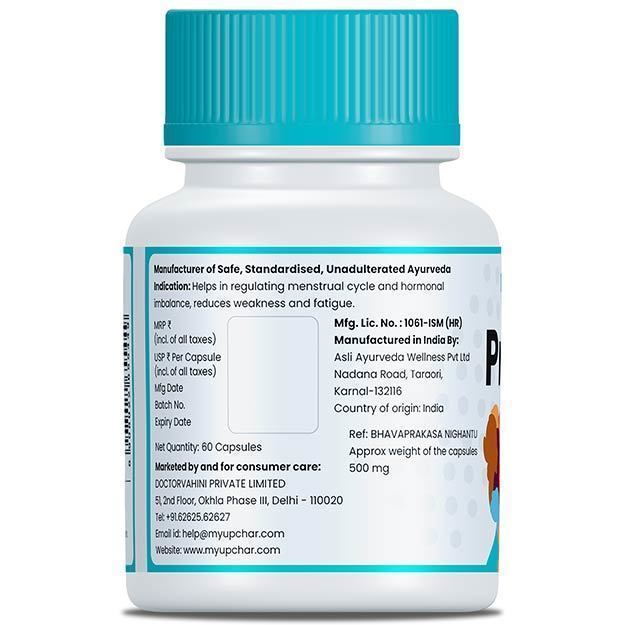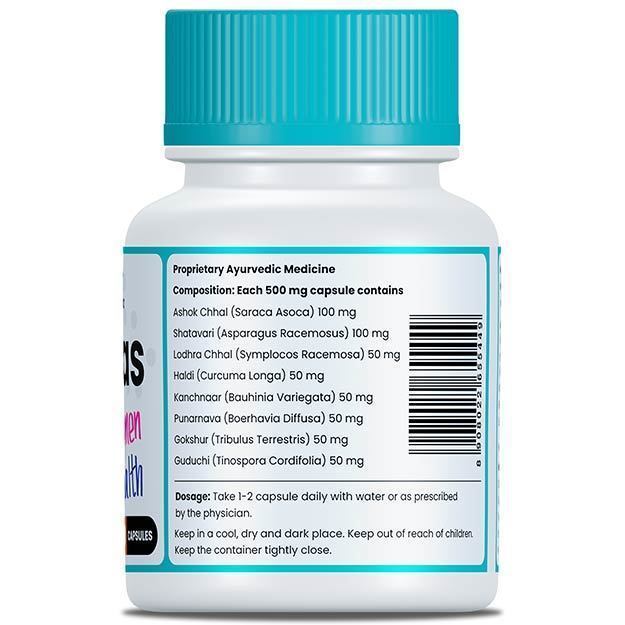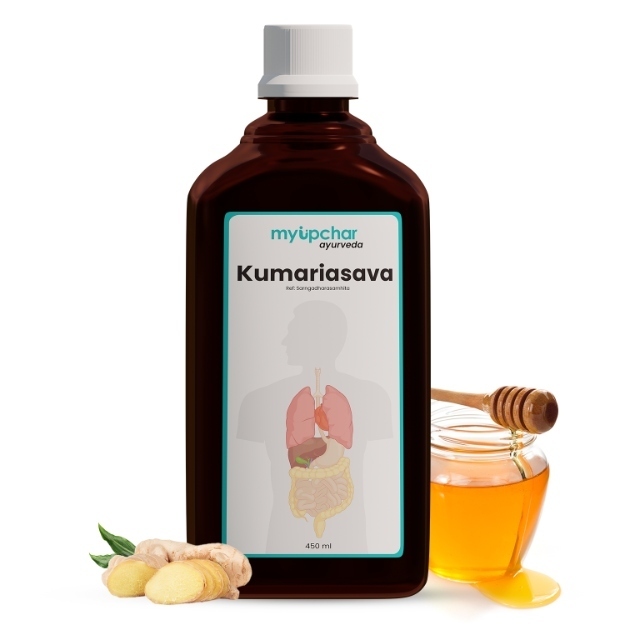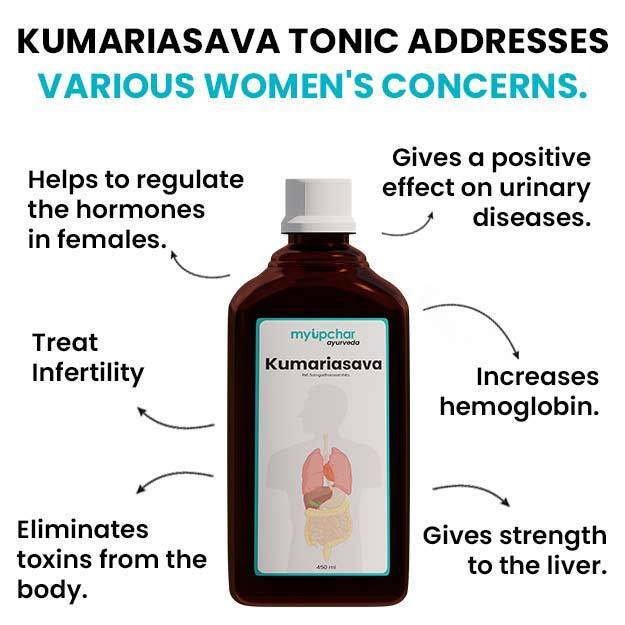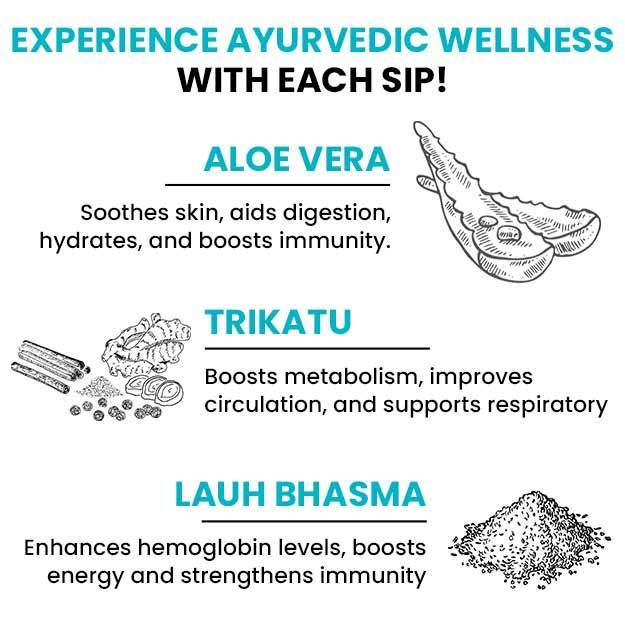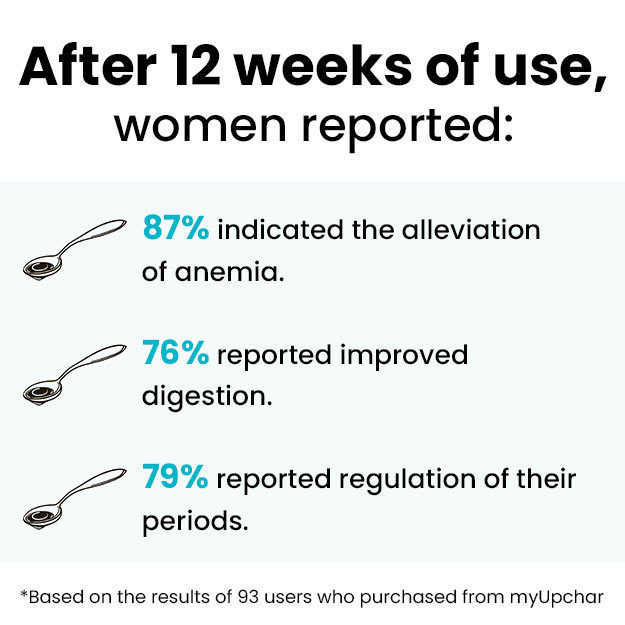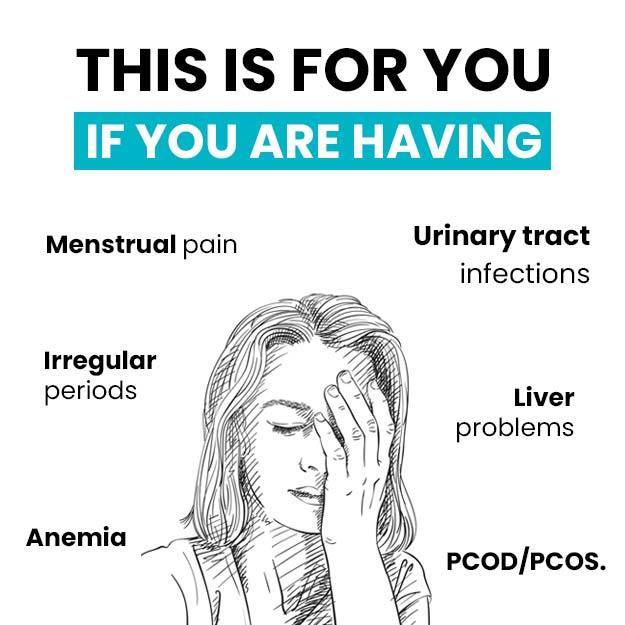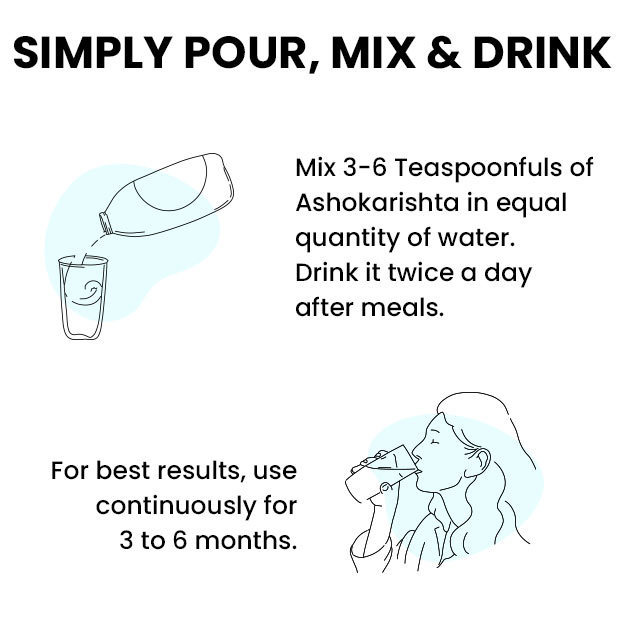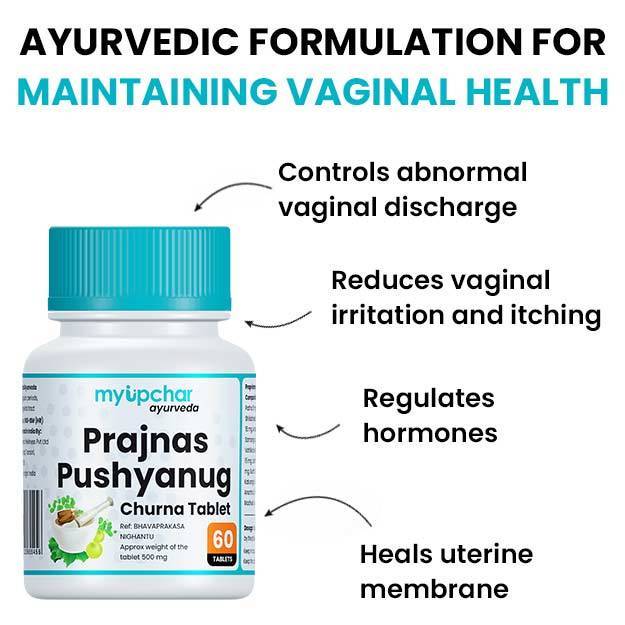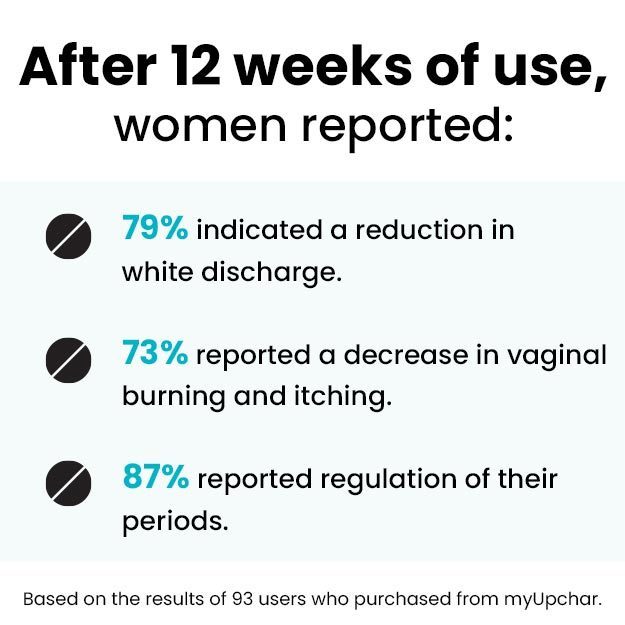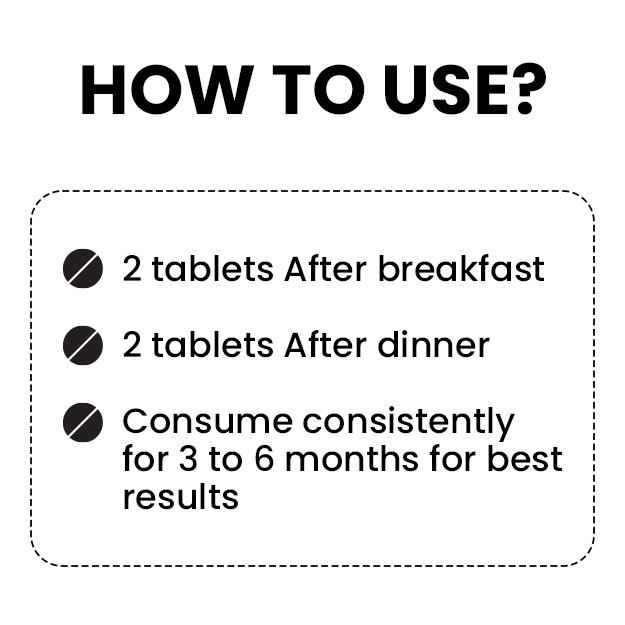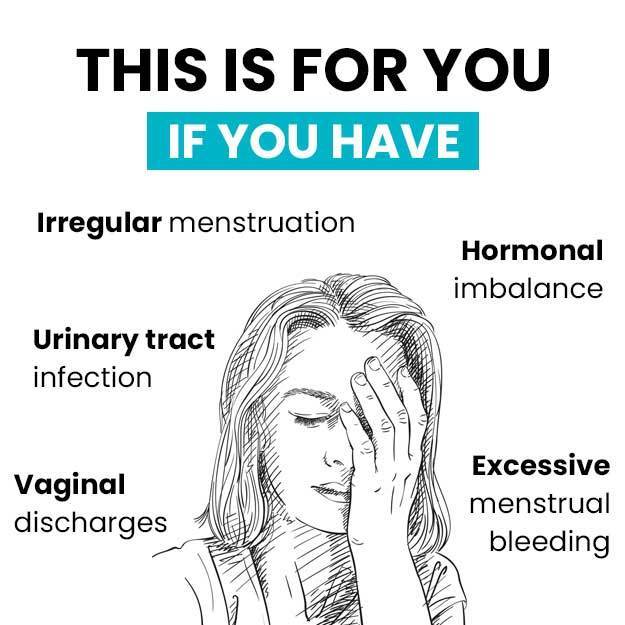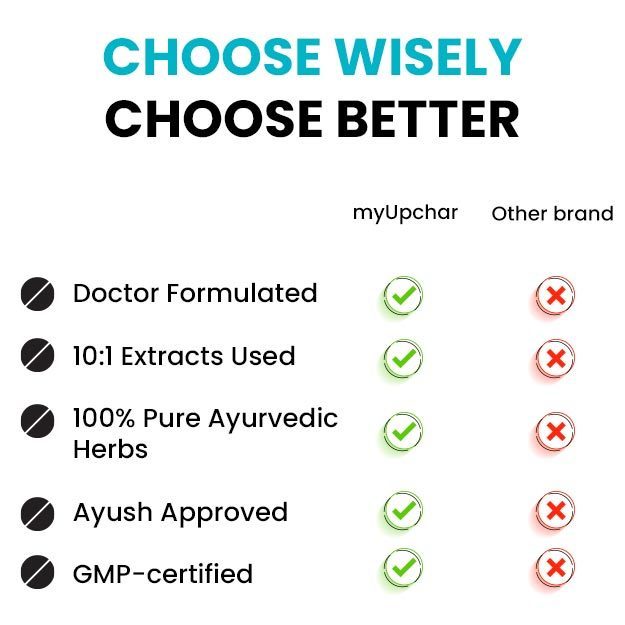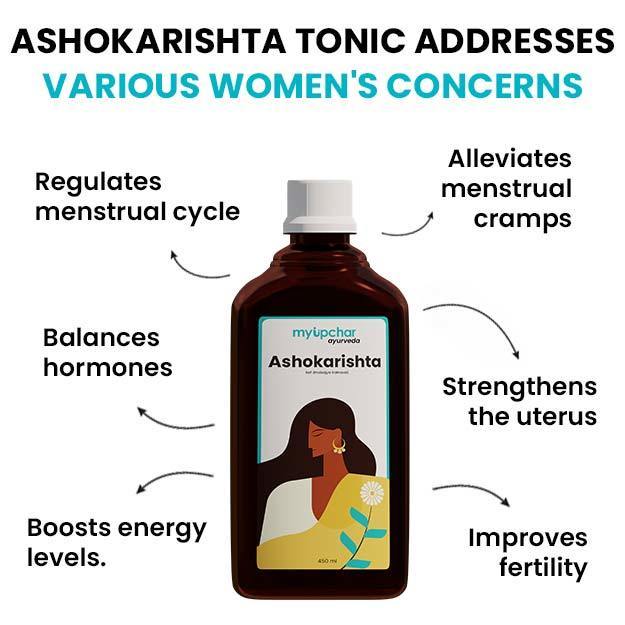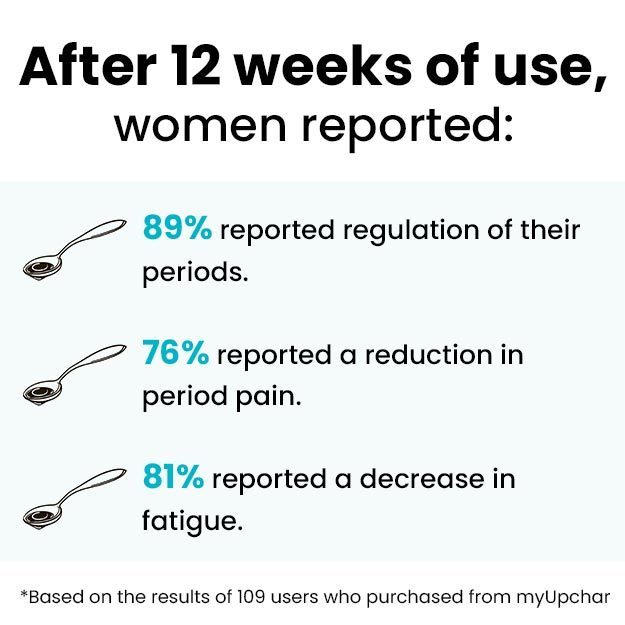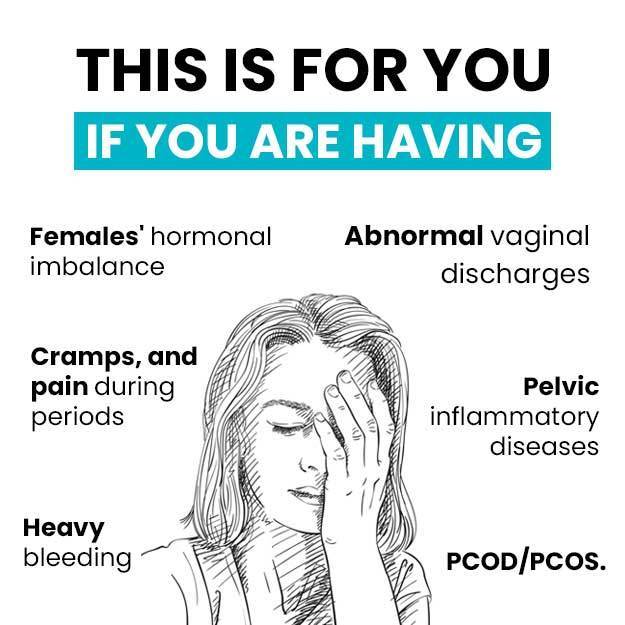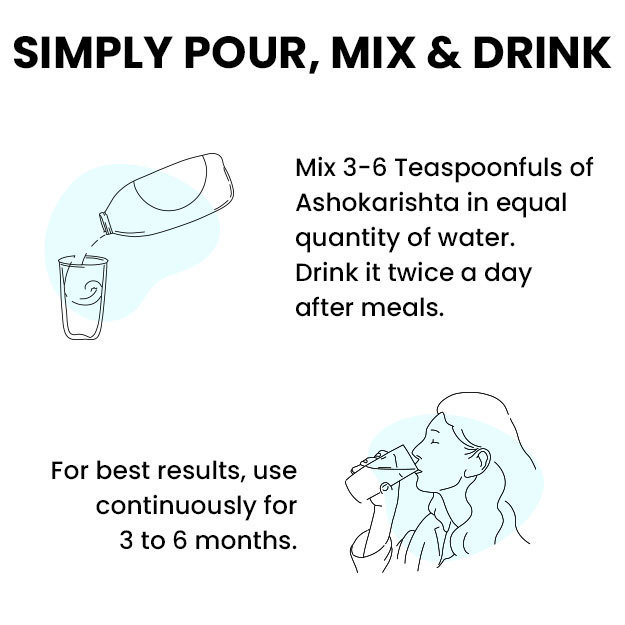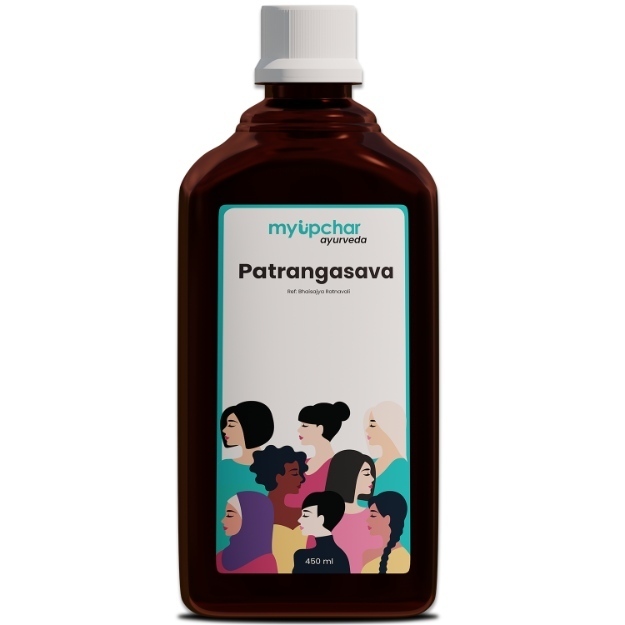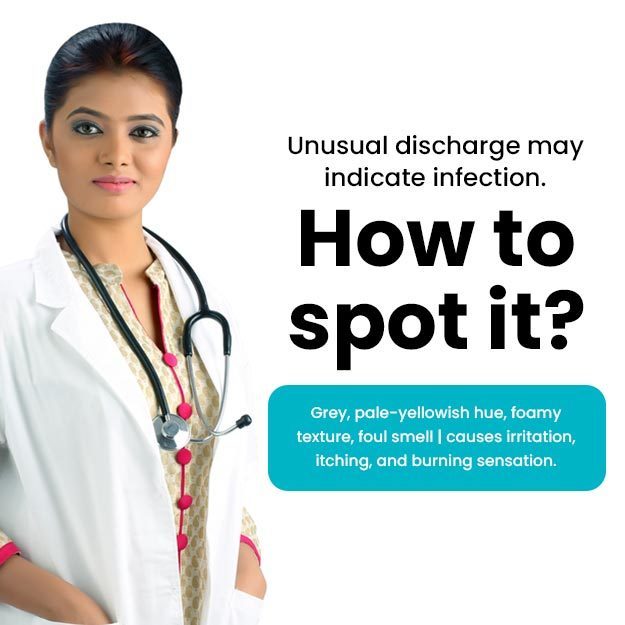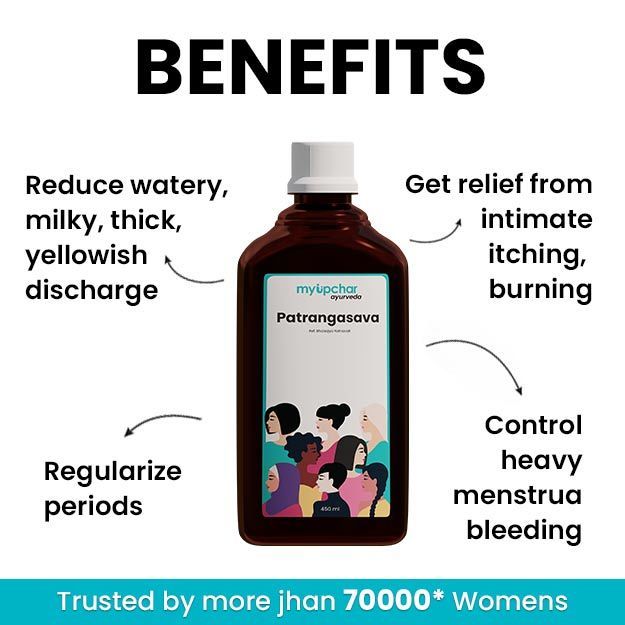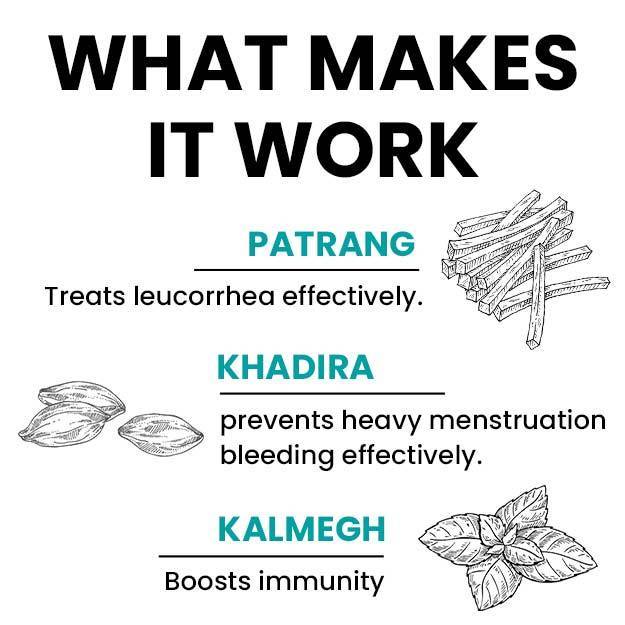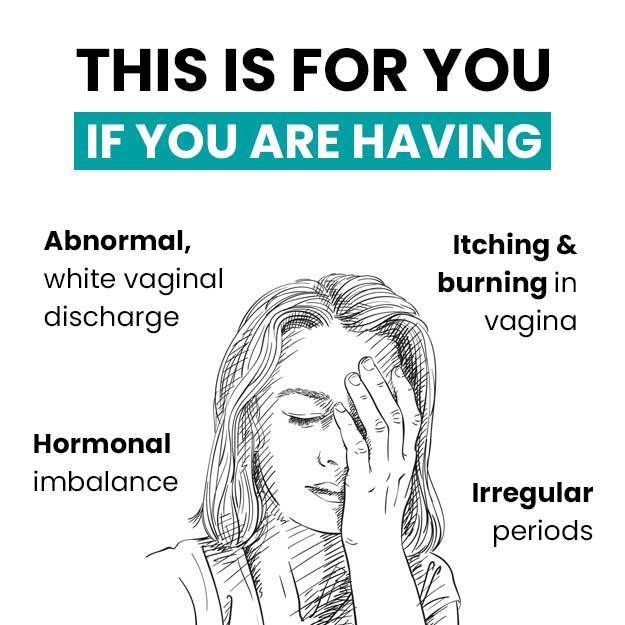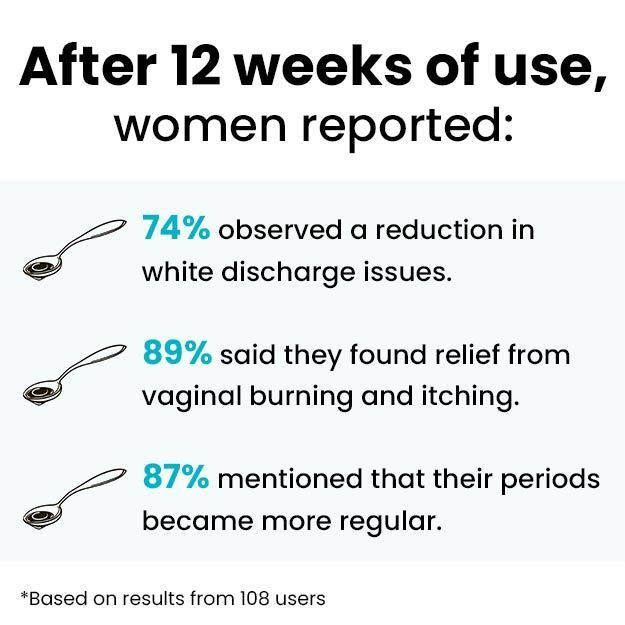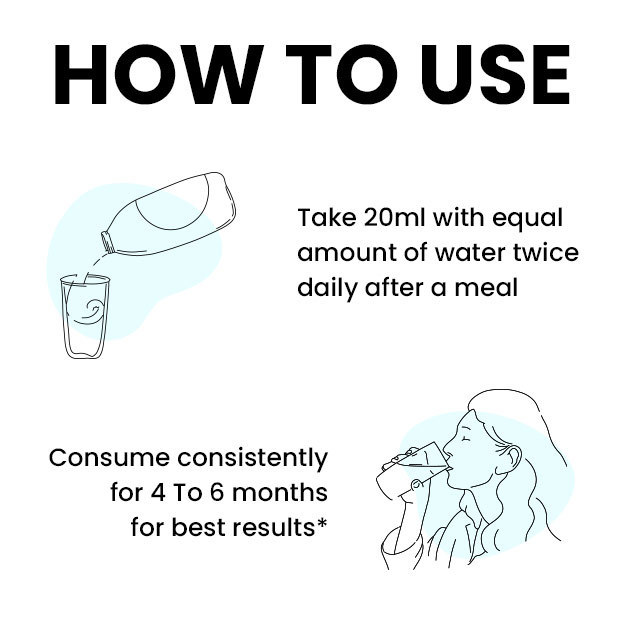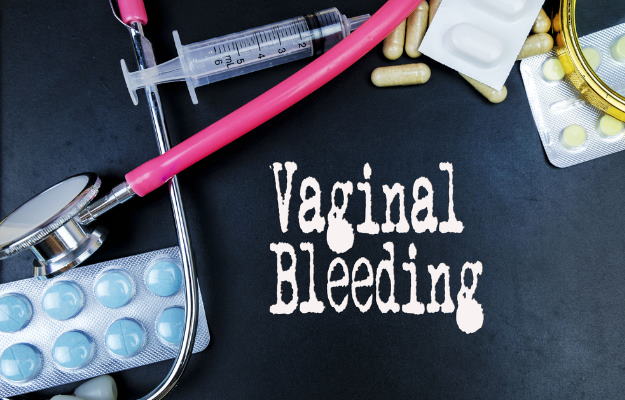Okay, let's really settle in and have a thorough chat about pubic hair removal for women. It's a topic that touches on everything from personal preference and cultural norms to practicalities and even a bit of biology. So, grab a comfy seat, and let's explore this in detail, shall we?
- What are pubic hairs?
- Why do females have pubic hair?
- What is the purpose of pubic hair in females?
- Why pubic hair is important?
- Why pubic hair so thick?
- Why pubic hair is curly?
- Is it more hygienic to have pubic hair?
- Is it more hygienic to not shave?
- Is it okay to never cut pubic hair?
- Why pubic hair grow so fast?
- Is it good to remove pubic?
- Is it okay to use hair removal cream on pubic area?
- Is it safe to shave pubic hair?
- Pubic Hair Removal Methods
- Can you surgically remove pubic hair?
- How to get rid of pubic hair naturally?
- Can I permanently remove my pubic hair?
- How to maintain hygiene?
- Study Around Pubic Hair
- Summary
What are pubic hairs?
So, when we talk about pubic hairs, we're referring to the hair that naturally grows in the area around your genitals. It's a normal part of human anatomy, just like the hair on your head, under your arms, or on your legs. These hairs are typically coarser and often curlier than the hair in other parts of your body, and they serve some interesting biological purposes.
Why do females have pubic hair?
Ever wondered why this particular patch of hair exists? Well, if we take a step back and think about our evolutionary history, before the invention of soft fabrics and underwear, pubic hair likely played a significant role in protecting the delicate skin in that area. It acted as a natural barrier, reducing direct friction during movement and intercourse. Think of it as a built-in buffer! Additionally, scientists believe that pubic hair might have been involved in trapping and concentrating pheromones – those natural body scents that can play a role in attraction. It's a fascinating glimpse into our biological past.
What is the purpose of pubic hair in females?
Let's break down the specific jobs that pubic hair performs for us:
- Reducing Friction: Think about it – that delicate skin down there can experience a lot of rubbing from clothing and during intimacy. Pubic hair acts like a soft layer, kind of like a natural buffer. It helps things glide a little more smoothly and prevents that uncomfortable chafing and irritation. Have you ever experienced that kind of rubbing? It's not fun, and pubic hair is one of nature's ways of helping us avoid it!
- Protection: It's like having a built-in doormat for a very important area! Pubic hair can trap those tiny bits of dirt, lint from our clothes, and even some of those microscopic critters we'd rather not have getting too close. It's a first line of defense, catching things before they can reach more sensitive spots. Pretty clever, right?
- Scent Trapping: This one's a bit more subtle and tied to our biology. Our bodies produce these natural scents called pheromones, which play a role in attraction (though we might not consciously notice them). The unique texture of pubic hair, being thicker and often curly, can actually help to trap and hold onto these scents, potentially making them more concentrated. It's like a natural diffuser, in a way!
- Tactile Sensation: This is where things get a little more interesting. Each of those little hairs is connected to nerve endings. So, when they move, it can actually stimulate those nerves, potentially making the area more sensitive to touch. It's another way our bodies are wired for sensation and pleasure.
Why pubic hair is important?
Beyond the physical functions like reducing friction and trapping debris, the significance of pubic hair extends into how we view our bodies and what we consider "normal" and healthy. Let's unpack that a bit more, shall we?
Think about it: our bodies are designed with all sorts of features, and each one has a reason for being there, even if we don't always fully understand or appreciate it. Pubic hair is no exception. It's a natural part of our biological makeup, just like our eyelashes protect our eyes or the hair on our head keeps us warm. Recognizing it as such can be a step towards greater body acceptance.
For many, the presence of pubic hair is simply a sign of being a biologically mature adult. It's a natural development that comes with puberty, signaling a new phase of life. In that sense, it's a marker of our natural biological processes, and there's a certain inherent normalcy in that.
Moreover, the societal pressure to remove pubic hair can sometimes make us feel like its natural presence is somehow "unclean" or "unhygienic," even though, as we've discussed, that's not necessarily the case. Understanding the actual functions of pubic hair can help us push back against these often unrealistic beauty standards and appreciate our bodies in their natural state. It's about recognizing that our bodies are not inherently flawed or in need of constant modification.
Choosing to keep your pubic hair can also be a form of self-acceptance and a way to embrace your natural appearance. It's a personal statement that goes beyond just convenience; it's about feeling comfortable and confident in your own skin, without feeling the need to conform to external pressures.
Ultimately, acknowledging that pubic hair is a natural part of our bodies, with its own set of functions, can contribute to a more positive and accepting relationship with ourselves. It's about understanding that our bodies are wonderfully complex and that every feature, including pubic hair, plays a role in our overall health and well-being, both physically and psychologically. What are your thoughts on this perspective? Does it resonate with you?
Read More- (Vaginal Changes with Age: What to Expect and How to Adapt)
Why pubic hair so thick?
The thickness of pubic hair is due to the specific type of hair follicles found in the pubic region. These follicles are structured to produce a coarser, more robust hair strand compared to the finer vellus hair that covers much of the rest of our bodies or even the terminal hair on our scalp. This thicker texture is crucial for providing the protective and friction-reducing benefits we've discussed.
Why pubic hair is curly?
The curliness of pubic hair is also related to the shape of the hair follicle. The oval or flattened shape of the pubic hair follicle causes the hair to grow out in a spiral, resulting in a curl. This curly structure helps the hairs to lie flatter against the skin, creating a denser barrier for protection and also aiding in air circulation, which can help keep the area dry and reduce the risk of bacterial or fungal growth.
Is it more hygienic to have pubic hair?
This is a common question, and the answer isn't a straightforward yes or no. Pubic hair can trap sweat, sebum (skin oil), and dead skin cells, which, if not cleaned regularly, could potentially lead to odor or provide a medium for bacterial growth. However, it also acts as a first line of defense against external dirt and bacteria reaching the skin directly. The key to hygiene in this area, regardless of whether you have hair or not, is consistent and gentle washing with mild soap and water.
Read More- (Stay Fit, Stay Strong: Fitness Routines Every Woman Should)
Is it more hygienic to not shave?
Conversely, not shaving eliminates the risks associated with hair removal itself, such as cuts, razor burn, and ingrown hairs, which can sometimes become infected. For some individuals, removing pubic hair makes it easier to feel clean and to wash the area thoroughly. However, the absence of hair also means the skin is more directly exposed to friction and potential irritants. Again, the focus should be on maintaining good personal hygiene practices, whether the hair is there or not.
Is it okay to never cut pubic hair?
Absolutely! It is perfectly normal and healthy to never trim or remove your pubic hair. There are no medical reasons that necessitate its removal. This is entirely a matter of personal preference, comfort, and how you feel about your body. Embracing your natural state is a valid and healthy choice.
Why pubic hair grow so fast?
While it might seem like it grows back quickly after removal, the growth cycle of pubic hair is actually shorter than that of the hair on your head. Individual pubic hairs grow to a certain length (which varies from person to person) and then stop, unlike head hair which can grow much longer. The perception of rapid regrowth is often because we pay more attention to this area, and the short length makes even a few days of growth noticeable.
Is it good to remove pubic?
Whether it's "good" or "bad" to remove pubic hair is entirely subjective. There are no proven health benefits to routine pubic hair removal. Any perceived benefits are usually related to personal comfort, aesthetic preferences, or a feeling of cleanliness for some individuals. The "downsides" can include the risks of irritation, ingrown hairs, time commitment, and potential costs associated with different removal methods. Ultimately, the best choice is the one that makes you feel most comfortable and confident in your own body.
Is it okay to use hair removal cream on pubic area?
Yes, you can use hair removal creams (depilatories) on the pubic area, but with significant caution. The skin in this region is highly sensitive. Before applying any cream to a larger area, perform a patch test on a small, inconspicuous spot and wait 24 hours to check for any adverse reactions like redness, burning, itching, or swelling. Always choose a product specifically formulated for sensitive skin and meticulously follow the instructions provided by the manufacturer. Avoid contact with mucous membranes, as these areas are even more delicate and prone to irritation.
Is it safe to shave pubic hair?
Shaving is a common and relatively inexpensive method of pubic hair removal, but it's not without its risks. To minimize these risks and make the process as safe as possible:
- Use a Clean, Sharp Razor: A dull blade is more likely to snag, pull, and cut the skin.
- Lather Up: Always use a good quality shaving cream, gel, or even a mild soap to lubricate the skin and allow the razor to glide smoothly.
- Shave in the Direction of Hair Growth: While shaving against the grain might give a closer shave, it significantly increases the risk of irritation and ingrown hairs.
- Avoid Dry Shaving: Never shave dry skin, as this almost guarantees irritation and cuts.
- Moisturize Afterwards: Apply a gentle, fragrance-free moisturizer after shaving to soothe the skin.
Read More- (The Top Foods for Optimal Vaginal Health)
Pubic Hair Removal Methods
There's a wide range of methods women use to remove pubic hair, each with its own set of pros and cons:
-
Shaving: Shaving is one of the most common and popular methods used by most women who clean their pubes regularly. It is easier, safer and cuts your hair shaft almost to the follicle. Some people worry about a harder hair growth once they have used a razor but that is not usually the case, though you would definitely need to shave them more frequently to keep the pubic skin soft and supple. But then, isn’t that the case with shaving any body part?
Here are some tips to make shaving an easier and safe experience for you:
- Use a new blade every time you shave and keep a separate razor to clean your pubic area to avoid infections. Avoid sharing razors for the same reason.
- Shave in the direction of hair growth. Do not forget to use a shaving cream/gel, which makes it easier to shave.
- To avoid injuries, make sure the razor blade is sharp.
- Labial skin is soft and can fold easily, making it difficult for you to work with a razor. Go slow and hold a small part of your skin so it is smoother and more available for you to glide a razor over it.
- For shaving the area near your vagina, go a bit more gentle and slow.
- If you have long tresses down there, it is better to use scissors before shaving. Also, wash your pubic area with an antibacterial gel to minimise the chances of infection even if you get a cut.
Side effects of shaving pubic hair
-
Razor burns
- Cuts, which can cause scarring
- Ingrown hair
- Higher chances of skin infections which may manifest as rashes, itchy skin and boils
- Depending on hair type, some people may get prickly hair, since it does not take off hair from the root.
-
Waxing: You may be an expert at waxing your arms or feet at home, but your pubic skin is much more sensitive and it is best to leave it to the experts. Make sure that you book your appointment at a trusted salon, which is well known for this service. Further, do not consume alcohol or any kind of pain-relieving medicines before going for a bikini wax. If anything, alcohol makes it more difficult to remove hair since your pore size would be smaller.
Limitations and side effects of waxing pubic hair
Despite being one of the best ways to remove pubic hair, when done improperly, waxing may have the following risks:
- Excessively hot wax can burn your skin.
- If the cloth is not removed properly, it can cause skin bleeding or itching. Scraping of the upper layer of skin also leaves it prone to infections
- If you are suffering from some kind of allergy or skin condition, waxing may worsen the problem.
- Ingrown hair is yet another downside of improper waxing procedure.
- Make sure that the salon you are getting your hair waxed from, follows good hygienic practices. Studies indicate that common infectious microbes are found in reused waxes.
- You can’t really wax your hair unless they have reached a certain growth so you have to wait between two sessions. Not to mention the immense pain of getting your hair stripped out.
- Folliculitis is yet another condition that can be caused due to waxing. Folliculitis refers to hair follicle infection, which is caused by chemical or physical damage to your hair follicle. Folliculitis can be really painful and cause swelling in the affected area.
- Do not shave before waxing. It leaves your skin more sensitive.
-
Hair Removal Creams (Depilatories): Hair removal creams are pretty safe and painless when used properly. They break down hair keratin which makes it easier to clean your hair off without using a sharp blade or wax. It does not pull your hair out through the follicle but melts it almost to the follicle. Most hair removal creams and over the counter depilatories can be used as per the prescription on the pack and generally involve applying a thin and even layer of the cream over the hair to be removed. This cream is then left to act for about 5-10 minutes, after which, it is cleaned with a warm washcloth. As it has burned and separated hair from your skin, the cream will take away all your hair along with it. It is a quick method and works on all types of hair. However, before you buy such a cream, make sure to properly read the label. Some creams do not work as good on your pubic area or may be too strong for the sensitive skin down there.
Limitations and side effects of hair removal creams
- Hair removal creams don’t really remove hair from follicles. It is not as effective as waxing, but it removes more hair than shaving.
- Though it takes away a bigger part of your hair than shaving, depending on the growth of your hair, you’ll still have to redo it frequently.
- Some hair removal creams may cause skin burns and rashes, leaving your skin prone to infections.
- Regular use of such creams may cause hyperpigmentation and skin darkening. This is generally due to an early or delayed type allergic reaction to the chemicals in hair removal creams. (Read more: Home remedies for reducing pigmentation)
- Using hair removal creams on a broken and abraded skin can cause stinging, itching and burning of the affected area.
-
Epilators: Epilators are electric devices that pluck out multiple hairs simultaneously. While providing longer-lasting results similar to waxing and potentially leading to finer hair regrowth, epilators can be painful, especially during initial use. Users may experience redness and irritation, ingrown hairs, and folliculitis (inflammation of hair follicles) as side effects.
-
Sugaring: Sugaring, a method using a natural paste to pull hair from the root, shares similarities with waxing but is often considered gentler. While it may be less painful and utilizes natural ingredients, sugaring can be messy and requires some skill for effective application and removal. Redness and irritation are possible side effects, and ingrown hairs can still occur.
-
Threading: Threading, a technique involving twisted cotton threads to trap and remove hairs, is more commonly used for facial hair but can be applied to smaller body areas. It offers precision but requires a skilled practitioner and can cause pain and temporary redness.
Precautions to be taken
Regardless of the method you choose, always prioritize safety:
Cleanliness: Ensure all tools and your hands are clean before starting.
Patch Test: For creams and waxes, always do a patch test on a small area of skin first to check for reactions.
Gentle Approach: Be gentle with the delicate skin in the pubic area. Avoid harsh scrubbing or pulling.
Follow Instructions: Carefully read and follow the instructions for any product or device you use.
Listen to Your Body: If you experience significant pain, burning, or irritation, stop immediately.
Aftercare: Follow up with appropriate aftercare, such as moisturizing or applying a soothing lotion.
Can you surgically remove pubic hair?
Surgical removal of pubic hair for purely cosmetic reasons is not a common practice. However, in certain medical situations, such as gender affirmation surgeries or specific reconstructive procedures, hair removal in the genital area might be a necessary component.
How to get rid of pubic hair naturally?
When we talk about "natural" hair removal, we're generally referring to methods that use more natural ingredients or techniques compared to chemical depilatories or electronic devices.
Natural Methods
Sugaring: As mentioned earlier, this uses a paste made from sugar, lemon juice, and water to remove hair. It's considered more natural than waxing because the paste adheres less to the skin, potentially causing less irritation.
Threading: This technique uses twisted cotton threads to grasp and pull out hairs. It's a manual process that doesn't involve chemicals.
It's important to note that while these methods are considered more "natural," they still involve physically removing hair from the root, which can still cause temporary discomfort or redness.
Read More- (Stay Fit, Stay Strong: Fitness Routines Every Woman Should)
Can I permanently remove my pubic hair?
Yes, there are methods available that can offer permanent or long-lasting reduction in pubic hair growth.
Permanent Hair Removal Methods
Laser Hair Removal: Laser hair removal method, as the name suggests, uses beams of a laser to damage hair follicles and vaporise your hair. So, don’t be amazed if you see smoke or feel a sulphur-like smell. Unlike electrolysis, this method just reduces hair growth instead of stopping it, though, it would be several months before you notice new hair. This treatment also takes about 2-6 sittings for completion and even when the hair grows back, they are reported to be lighter and sparse. Research studies suggest that laser hair removal is much less costly, and less painful than electrolysis.
Nonetheless, numbing gels are sometimes applied before the procedure to reduce pain and make the treatment more bearable. Though, pain threshold varies depending on your general threshold.
Side effects of laser hair removal
Despite being completely safe, laser hair removal may be associated with some side effects like redness and swelling of the skin which will subside within 1 to 3 days. However, the American Academy of Dermatology lists some other possible but rare side effects of laser surgery, which include:
- Blisters
- Scars
- Herpes simplex infection
- Boils
- Skin colour may become light or dark.
In some cases, excessive use of numbing agents or creams may cause serious side effects. Do not use such a topical application unless suggested by the dermatologist and only use them within and as per the prescription.
To avoid these side effects, it is best that you avoid using sunscreen or going out in the skin until your dermatologist suggests so.
Electrolysis: This procedure involves the use of a thin needle-like probe that is inserted right near your hair follicle. This probe then introduces a current or chemical inside your hair follicle to melt it down completely. Unlike waxing, which removes hair follicles temporarily, the hair removed by electrolysis doesn’t grow back. Though you may have to take more than one sitting for complete removal, it is certainly more useful than laser treatments as your bikini area does not have a lot of hair.
Side effects of electrolysis:
Electrolysis does not have any side effects apart from maybe the fact that your skin would appear red and sensitive for a while after the procedure.
It is important that you check in with an experienced dermatologist since improperly done procedures may cause skin scarring. It can also be painful when not done properly. Moreover, an experienced dermatologist would also take care to use a sterilised needle every time.
How to maintain hygiene?
Maintaining good hygiene in the pubic area is essential, regardless of your hair removal choices:
- Wash Regularly: Clean the area daily with mild, unscented soap and warm water.
- Avoid Harsh Products: Steer clear of harsh soaps, douches, or perfumed products that can irritate the delicate skin and disrupt the natural pH balance.
- Dry Thoroughly: After washing, gently pat the area dry to prevent moisture buildup, which can lead to bacterial or fungal growth.
- Wear Breathable Underwear: Opt for cotton underwear to allow for better air circulation.
- Practice Safe Hair Removal: If you choose to remove hair, follow safe practices for your chosen method.
- Exfoliate Gently: If you're prone to ingrown hairs, gentle exfoliation a couple of times a week can help.
Study Around Pubic Hair
Effects of pubic hair grooming on women’s sexual health: a systematic review and meta-analysis
This systematic review and meta-analysis, authored by Asmaa Eltobgy, Ahmed Aljabali, Ahmed Farag, et al., and published in BMC Women's Health on March 11, 2024, examines the impact of pubic hair grooming on women's sexual health. It synthesizes evidence from observational studies to explore the motivations behind pubic hair grooming practices among women and to analyze the relationship between grooming and various factors, including sexual health outcomes.
The review of 22 cross-sectional studies, involving 73,091 women, revealed several key findings:
- Pubic hair grooming is highly prevalent among women.
- There is a higher prevalence of pubic hair grooming among white women compared to black women.
- The most common grooming method is shaving with a non-electric razor.
- Complete removal of pubic hair is more common than partial removal.
- The most common side effect of pubic hair grooming is genital itching.
- Pubic hair grooming is associated with a higher odds of gram-negative gonorrheal and chlamydial infection.
- No significant difference was observed in women's satisfaction between groomers and non-groomers.
The study involved a systematic search of databases like PubMed, Web of Science, Scopus, and Ovid Medline to identify relevant cross-sectional studies. The included studies were assessed for quality, and data on various factors such as grooming practices, motivations, side effects, and sexually transmitted infections (STIs) were extracted. Statistical analyses, including meta-analysis, were conducted to synthesize the findings.
The results of the meta-analysis indicate that pubic hair grooming is a prevalent practice among women, influenced by factors such as societal trends and perceptions of attractiveness and cleanliness. While grooming is often associated with feelings of cleanliness and sex appeal, it also carries risks, including local side effects and an increased risk of certain bacterial STIs.
The study is a systematic review and meta-analysis. It involves a comprehensive search of electronic databases to identify relevant studies, followed by a rigorous selection process, quality assessment, data extraction, and statistical synthesis of the findings. The MOOSE guidelines and the Cochrane Handbook of Systematic Reviews and Meta-analysis were followed.
The authors recommend raising awareness among women about the safe practices of pubic hair grooming, emphasizing both the potential benefits and risks. They also suggest that healthcare practitioners should discuss grooming practices with their patients and provide guidance on minimizing adverse outcomes. The study highlights the need for further research to explore the complex interplay of factors influencing pubic hair grooming and its impact on women's health.
The study concludes that pubic hair grooming is a common practice among women, influenced by various social and cultural factors. While grooming is often associated with perceptions of cleanliness and attractiveness, it is also associated with certain health risks, including local side effects and an increased risk of specific bacterial STIs. The authors emphasize the importance of educating women about safe grooming practices and the need for further research to fully understand the implications of this widespread behavior.
Read More- (Vaginal itching: symptoms, causes, prevention)
Summary
Ultimately, the decision of how to manage your pubic hair is a personal one. There's no right or wrong answer, and what works for one person might not work for another. By understanding the purpose of pubic hair, the various removal methods available, and the importance of hygiene, you can make informed choices that align with your comfort, preferences, and overall well-being. Remember to prioritize safety and listen to your body throughout the process.
Find Obstetrician and Gynaecologist in cities
- Obstetrician and Gynaecologist in Bangalore
- Obstetrician and Gynaecologist in Mumbai
- Obstetrician and Gynaecologist in Ghaziabad
- Obstetrician and Gynaecologist in Chennai
- Obstetrician and Gynaecologist in Pune
- Obstetrician and Gynaecologist in Delhi
- Obstetrician and Gynaecologist in Hyderabad
- Obstetrician and Gynaecologist in New Delhi
- Obstetrician and Gynaecologist in Gwalior
- Obstetrician and Gynaecologist in Gurgaon
Doctors for Pubic Hair Removal: Safety Tips and Best Practices You Need to Know

Dr. Ayushi Gandhi
Obstetrics & Gynaecology
4 Years of Experience

Dr. Anjali
Obstetrics & Gynaecology
23 Years of Experience

Dr.Anuja Ojha
Obstetrics & Gynaecology
20 Years of Experience

Dr. Geeta Kulkarni
Obstetrics & Gynaecology
7 Years of Experience
References
- Office on women's health [internet]: US Department of Health and Human Services; Body hair
- Health and Safety Laboratory. Identification of microbial contamination in body wax samples . Health and Safety Executive 2009. [internet].
- Görgü M, Aslan G, Aköz T, Erdoğan B. Comparison of alexandrite laser and electrolysis for hair removal.. 2000 Jan;26(1):37-41. PMID: 10632684
- American Academy of Dermatology. Rosemont (IL), US; Laser hair removal
- US Food and Drug Administration (FDA) [internet]; Removing Hair Safely


